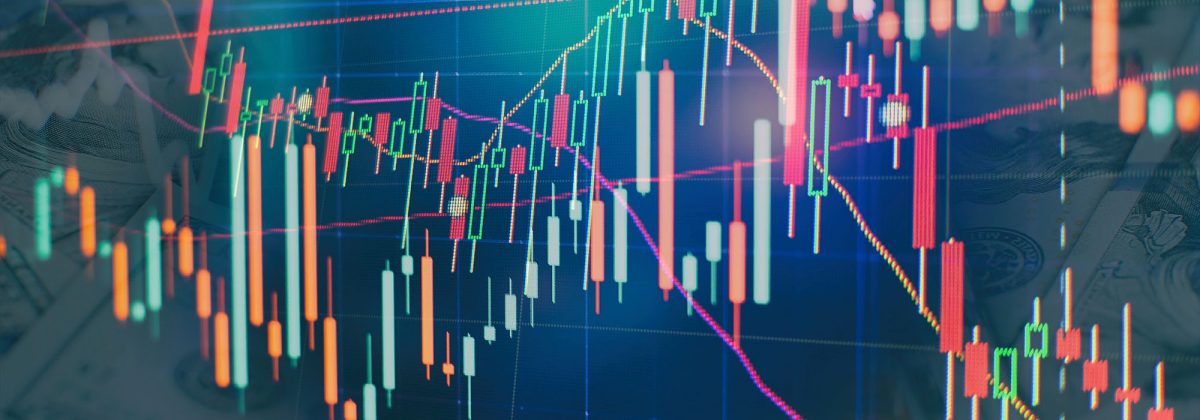The basic concepts of investing in bonds are relatively easy to understand. You first buy a bond, which is a debt instrument, from an issuer, then receive interest payments on a regular basis and finally get your principal back after the end of the bond period.
A somewhat simple explanation and it may give you the idea that it won’t take much effort to get your head around bonds. Well, the good news is that it won’t take too much effort once you familiarise yourself with the basic terminology associated with them. Understanding the language is important if you want to understand the legal documents, known as indenture, associated with investing in bonds.
So, here’s a look at some key terms that you should know and what they mean.
Types of Bonds
Bonds can be of two main types, secured and unsecured. In a secured bond, a certain amount of the assets is pledged as a guarantee to the bondholders, in case the issuer is unable to repay the obligation.
On the other hand, unsecured bonds, also known as debentures, don’t provide any such guarantee. If the issuer faces losses, there is a chance that you might only get back a very small part of your investment.
Face Value
Also known as the par value of a bond, face value is the amount that will be returned to you after the bond duration ends (i.e. at maturity). For instance, if a bond is purchased at US$100, the investor will get back US$100 on the maturity date of that bond.
Premium, Discount and Coupon
Bonds do not always trade at their face value and can be priced above or below that level. This is due to factors such as the bond’s credit status and the current interest rates.
When a bond is trading higher than its face value, the extra amount is known as premium. In these cases, the bond is said to be trading at a premium to its face value. Conversely, if a bond is trading at a value that is below its face value, it is said to be trading at a discount.
The coupon amount is the interest paid to bondholders, either on an annual or biannual basis.
Maturity
This is the date on which the bond becomes due and the bondholder gets back the face value of the bond. For instance, long term bonds have a maturity period of ten years or more, while medium term notes reach maturity between one and less than ten years.
Ask Price, Bid Price and Spread
Bonds are quoted through the ask and bid prices. Ask price is the lowest price that is offered by the issuers of the bond. Bid price is the highest price that buyers are willing pay to purchase the bonds.
Spread is the difference between the ask and bid price. A large spread value shows that a particular bond is not traded too actively.
Bond Callability
A bond that can be paid off by the issuer before it reaches maturity is known as a callable bond, and this characteristic is known as callability. If your bond comes with a call provision, it may be paid off at an earlier date, at a slight premium to its par value, if the company chooses to do so.
Bond Yield and its Types
Bond yield is a measure of the return you are expected to receive from the investment. The most commonly used measurement for this is the yield to quantity. But it still is important to understand other types of bond yield, used in different situations.
1. Current Yield
This can be used to compare the dividend income received from a stock to the interest income received by investing in a bond. It is calculated by dividing the annual coupon amount of the bond by its current price. However, this type of yield includes only the income part of the return and ignores any possible capital gains or losses. This makes current yield the most suitable measure if you are concerned about current income only.
2. Nominal Yield
Nominal yield is basically the percentage of interest that is to be paid on the bond at regular intervals. The annual coupon payment is divided by the face value to get the nominal yield. Keep in mind that nominal yield does not accurately estimate the yield, unless the current bond price is equal to its face value. So, it can only be used to determine other measures of return.
3. Realised Yield
Realised yield is usually calculated when one plans to hold on to the bond for a short period of time, rather than up to maturity. Since you intend to sell the bond in the near future, its projected price becomes important for realised yield calculation. However, given that it is difficult to predict future prices, this type of yield measurement gives only an estimate of return.
The calculation for realised yield can be done easily through Microsoft Excel’s IRR or YIELD functions.
4. Yield to Call (YTC)
With a callable bond, there is always a chance of the bond being called before its maturity date. There is also a chance of receiving a slightly greater yield if the payment in lieu of the called bonds is done at a premium. So, if a person has invested in a callable bond, they may want to know what the yield will be if the bond is paid off on a particular date. This can help determine whether the prepayment risk is worthwhile or not.
Other Important Terms
In case a company goes bankrupt, it gives investors back their money in a specific order, as it liquidates. After all the assets of the company have been sold off, it starts off with repaying senior debt, followed by subordinated debt. Finally, whatever is left goes to its stockholders. This is known as “Liquidation Preference.”
A majority of corporate bonds come under the category of taxable investments, although there are some government and municipal bonds that are exempt from taxes. As investors don’t have to pay taxes on their returns, the interest rates of tax-exempt bonds are usually lower than their equivalent taxable bonds. So, be careful while selecting bonds to invest in and compare their tax equivalent yield to get a better idea.
Reference Links





